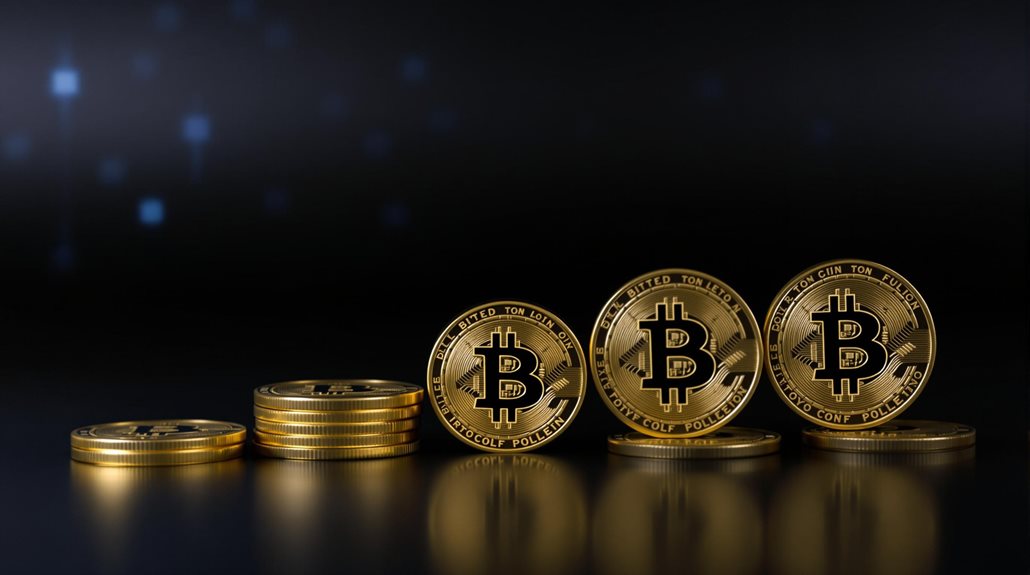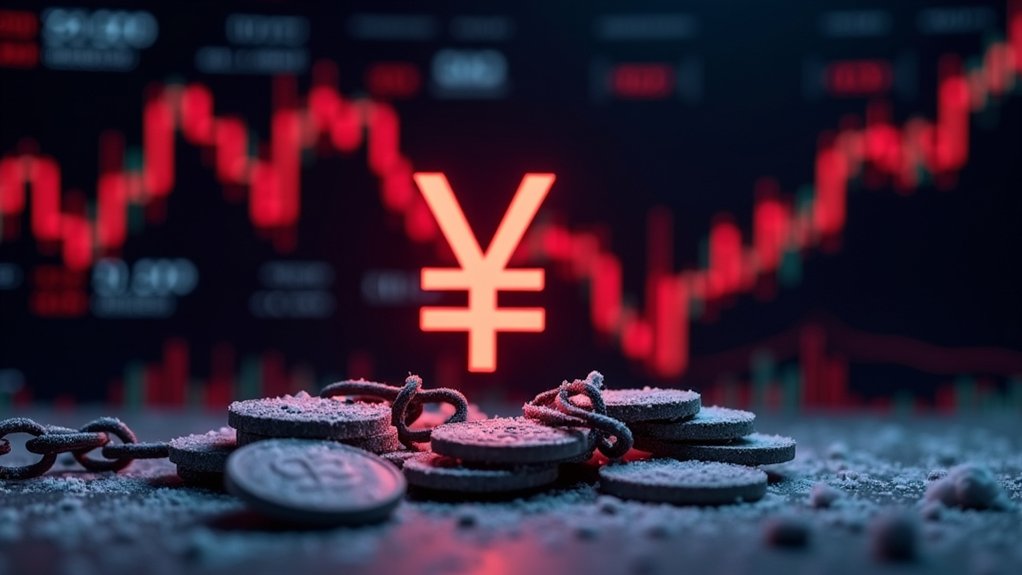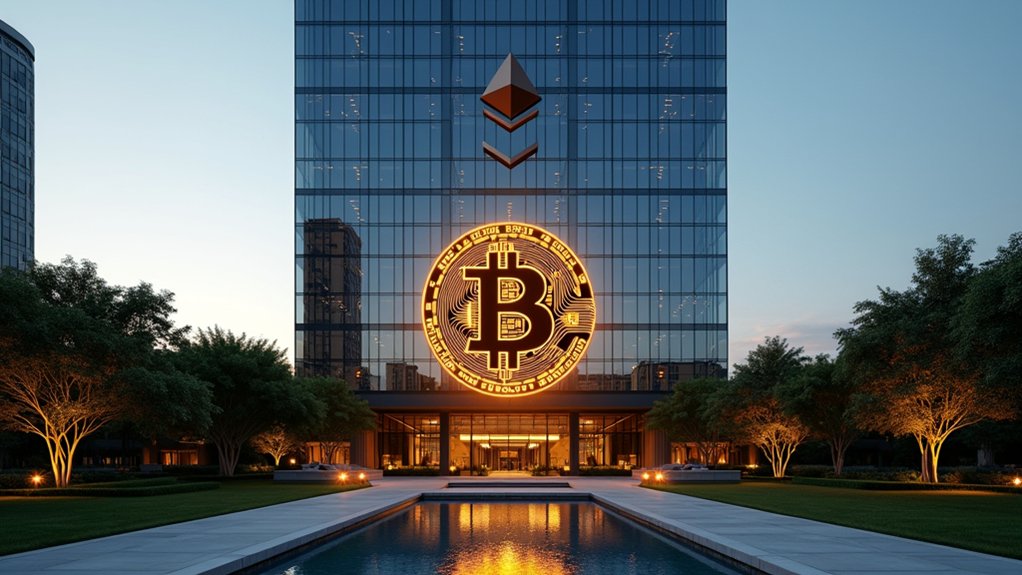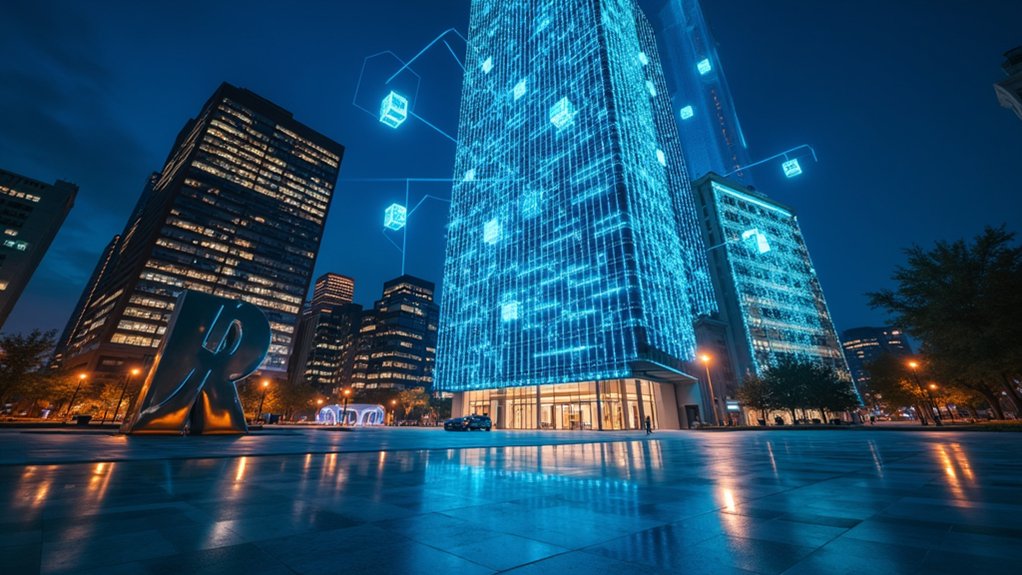Ordinals are digital collectibles on Bitcoin’s blockchain, introduced in 2023. They work by assigning unique identification numbers to individual satoshis (tiny pieces of Bitcoin) and can store various types of data like images, text, or videos. While similar to NFTs on other platforms, Ordinals are native to Bitcoin and don’t require additional systems to operate. This relatively new technology has sparked both excitement and debate within the cryptocurrency community, with many features still being explored.
Quick Overview
- Ordinals are unique identifiers assigned to individual satoshis (Bitcoin’s smallest units) that enable digital artifacts on Bitcoin’s blockchain.
- Created in 2023, Ordinals allow users to attach various data types like images, text, and videos directly to Bitcoin transactions.
- Each satoshi receives a distinct serial number based on its mining and transfer history, making it traceable and collectible.
- Ordinals operate directly on Bitcoin’s blockchain without requiring additional layers, unlike traditional NFTs on other platforms.
- The protocol enables both unique digital collectibles and fungible tokens (BRC-20), expanding Bitcoin’s utility beyond financial transactions.

One of Bitcoin’s newest innovations, Ordinals burst onto the cryptocurrency scene in January 2023. Created by Casey Rodarmor, this protocol assigns unique identifiers to individual satoshis, which are the smallest units of Bitcoin. It’s like giving each tiny piece of Bitcoin its own serial number based on when it was mined and how it’s been transferred.
What makes Ordinals special is that they let people attach different types of data to these satoshis. Users can add text, images, or even videos, creating unique digital artifacts that can be collected and traded. This wasn’t possible before two important Bitcoin updates: SegWit in 2017 and Taproot in 2021. These updates added more space for data and made it easier to work with Bitcoin’s code.
To use Ordinals, someone needs to run a full Bitcoin node and have a special wallet that works with Taproot. While it’s more complicated than creating traditional NFTs on other blockchains like Ethereum, Ordinals have some unique advantages. They’re completely native to Bitcoin and don’t need any extra layers or systems to work. Everything happens right on Bitcoin’s blockchain, with all the fees and records stored in Bitcoin’s transaction history. A single Bitcoin can be divided into 100 million satoshis, making these digital assets highly divisible.
Unlike NFTs on other platforms, Ordinals don’t have smart contracts or automatic royalty payments. But they’re versatile enough to handle both one-of-a-kind items and fungible tokens, like the newer BRC-20 tokens that have become popular in the crypto community.
The introduction of Ordinals has sparked quite a debate in the Bitcoin world. Some people love how it expands Bitcoin’s uses beyond just sending money, while others worry about how much blockchain space these inscriptions take up. The controversy hasn’t stopped its growth, though. New tools are making it easier for people to create Ordinals without needing to know complex coding.
This innovation has caught the attention of the NFT community, bringing new users and use cases to Bitcoin. It’s shown that Bitcoin’s blockchain can do more than just handle financial transactions, even though it doesn’t have all the fancy features of newer blockchain platforms. As more people discover Ordinals, they’re finding creative ways to use this technology, making Bitcoin’s ecosystem more diverse and interesting than ever before.
Frequently Asked Questions
Can Ordinals Be Transferred Between Different Blockchain Networks?
Ordinals can’t be directly transferred between different blockchain networks because they’re native to Bitcoin’s base layer.
They’re permanently tied to specific satoshis on the Bitcoin blockchain.
However, it’s possible to create wrapped versions of Ordinals on other networks through bridge protocols.
While these wrapped versions represent the original Ordinals, they’re not the same as moving the actual Ordinal inscription to another blockchain.
What Are the Environmental Impacts of Creating and Trading Ordinals?
Creating and trading Ordinals has significant environmental impacts. They increase Bitcoin’s already high energy usage since each Ordinal transaction uses as much energy as mining an entire Bitcoin block.
Bitcoin mining produces about 55 million tons of CO2 yearly, similar to Singapore’s emissions. The process also affects water and land resources, with coal providing 45% of Bitcoin mining‘s electricity globally.
This adds to Bitcoin’s existing environmental challenges.
Are There Any Legal Regulations Specific to Ordinals Trading?
Currently, there aren’t any specific laws just for Ordinals trading.
They’re operating in what experts call a “gray area.” While there’s no direct regulation, Ordinals generally fall under broader cryptocurrency rules.
Different countries handle them differently – some treat them like regular crypto assets, while others haven’t decided yet.
Most trading platforms follow standard money laundering prevention rules and require user verification, just like regular crypto exchanges do.
How Do Ordinals Affect Bitcoin Network Fees and Transaction Speeds?
Ordinals have considerably impacted Bitcoin’s network performance.
They’ve caused transaction fees to jump dramatically – up to $34.08 for medium-priority transactions in June 2024. That’s 25 times higher than the previous year.
The network’s also getting more crowded, with over 333,400 transactions waiting to be processed during peak times.
This congestion means Bitcoin transactions are taking longer to complete than before Ordinals came along.
What Security Risks Should Investors Consider When Dealing With Ordinals?
Investors face several key security risks with Ordinals.
There’s a known vulnerability in Bitcoin’s code that lets people hide data, which could lead to unwanted spam.
The high network traffic from Ordinals can slow down Bitcoin transactions and make them more expensive.
There’s also concern about market manipulation since Ordinal markets aren’t as regulated as traditional ones.
Running full nodes gets harder as the blockchain grows bigger from Ordinal data.





